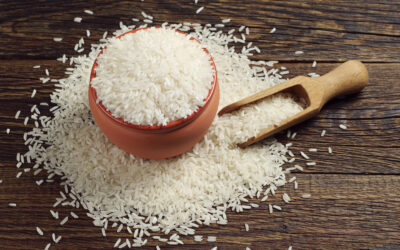Why Do My Surrounding Teeth Hurt After An Extraction?

Inflammation and Healing Process
After a tooth is extracted, the surrounding tissues undergo a natural healing process. This involves inflammation as the body works to repair and close the socket left by the extracted tooth. This inflammatory response can extend to the neighboring teeth, leading to some degree of discomfort or pain.
The inflammation triggers nerve responses in the adjacent teeth, causing heightened sensitivity. While this discomfort is typically temporary, it can be disconcerting for patients who might not have anticipated feeling discomfort in teeth adjacent to the extracted one.
Altered Occlusion or Bite
The removal of a tooth can alter the balance of your bite or occlusion. Teeth are designed to work together harmoniously, distributing the force of your bite evenly. When a tooth is extracted, especially if it is a molar or a key component of your bite, the surrounding teeth may experience increased pressure as they adjust to the changes in force distribution.
This altered bite can lead to discomfort in the neighboring teeth, as they may be subject to forces they are not accustomed to. Over time, as the surrounding teeth adapt to the new arrangement, this discomfort should subside.
Adjacent Tooth Movement
The absence of a tooth can also influence the alignment of neighboring teeth. Teeth have a natural tendency to drift or shift when there is space available. After an extraction, the surrounding teeth may begin to move to fill the gap, which can lead to discomfort as they adjust to their new positions.
This movement is a part of the body’s attempt to maintain optimal function and balance within the oral cavity. However, it can result in mild pain or sensitivity in the surrounding teeth until the alignment stabilizes.
Impacted Wisdom Teeth
In some cases, the extraction of a neighboring tooth may reveal an impacted wisdom tooth. Wisdom teeth, also known as third molars, often cause discomfort when they begin to emerge. If a neighboring tooth is extracted, it may uncover an impacted wisdom tooth that was previously hidden, leading to pain or soreness in the surrounding area.
If this is the case, consulting with your dentist is crucial to determine the appropriate course of action, which may involve extracting the impacted wisdom tooth or monitoring its development.
Dry Socket Complications
While less common, the development of a dry socket can also contribute to discomfort in surrounding teeth. A dry socket occurs when the blood clot that forms after extraction is dislodged or dissolves prematurely, exposing the underlying bone and nerves. The resulting pain can radiate to nearby teeth, intensifying the overall discomfort.
Conclusion
Experiencing discomfort in surrounding teeth after a dental extraction is not uncommon, and it is usually a transient phase during the healing process. Understanding the underlying reasons for this discomfort can help alleviate concerns and guide patients through a smoother recovery. If the pain persists or becomes severe, it is crucial to consult with your dentist promptly to rule out any complications and ensure proper healing.



